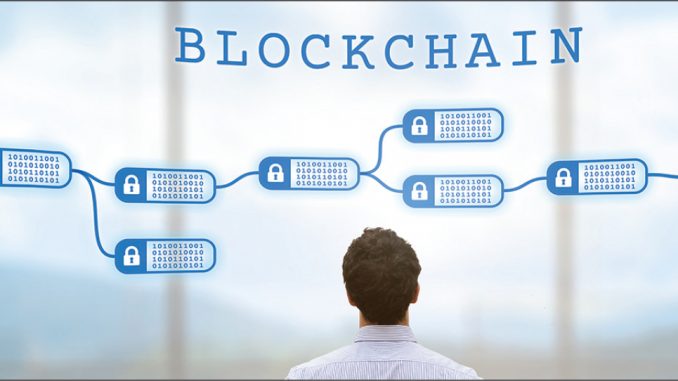
The Covid-19 pandemic has disrupted businesses across the world. However, a silver lining amidst the grey clouds of the pandemic would be the acceleration of digital adoption across sectors including power utilities.
As we embark on a new decade, utilities have the opportunity to leverage the power of digital technologies to not only reduce costs, increase efficiency, improve the customer experience but also to pave the path for the inclusion of more renewables, electrical vehicles and newer forms of energy.
While embracing digital technologies is no longer an option for utilities, there are some trends that are likely to have a much larger impact this year due to their level of maturity, costs involved and ease of application. Some of the top digital trends of 2021 are:
Blockchain: With consumers becoming prosumers (producers + consumers), the use of blockchain to validate payments and dues is likely to increase. In India, Uttar Pradesh has become the first state to get regulatory approval to implement a project on blockchain-enabled solar power trading. A similar pilot was also undertaken by BSES Rajdhani Power Limited (BRPL). The adoption of blockchain is likely to accelerate given the impending mass roll-out of smart meters and the push towards renewables.
Cybersecurity: The rise in cyberattacks in the Indian power sector can have a massive impact on customers, partners, employees, and the bottom line. Utilities need to prevent such attacks and improve their response time to security failures, find and fix breaches faster while allowing minimal impact on the business. With an integrated national grid in place now, cyber resilience needs to be looked at as a strategic business imperative. To adhere to the updated draft rules published by the Central Electricity Regulatory Commission (CERC), this year all Indian states will need to invest in robust cybersecurity technologies for end-to-end protection of their assets and networks.
Drones: This could be the year when the use of drones changes gears, from being reserved for leading companies in technology adoption to becoming an essential part of the utilities’ toolkit. Currently, utilities such as BSES, Tata Power, Sterlite Grid and Powergrid are leveraging drones for asset monitoring, maintenance and stringing. With the lowering of costs and improved analytics, 2021 could see a much larger number of utilities leveraging drones for activities including stringing for the development of transmission lines, vegetation management, mapping and management of distribution assets, and detection of power thefts.
Digital twins: Digital twins connect the physical and the virtual world through a single source of truth to model data across entire information technology (IT) infrastructure leading to the optimisation of asset performance. The market for digital twins technology in the Indian power sector is likely to grow significantly in 2021 led by multiple use cases across the value chain such as power generation plants, smart grid implementation, renewable energy management, better integration and efficient transmission.
Intelligent automation: Automation and robotic process automation (RPA) have been widespread in India’s IT and IT-enabled sectors for some time now. This year, faced with the ever-increasing cost pressures and the need to improve service standards, mandated by regulations and stretched workforce, leading utilities in India will embrace automation in general and RPA in particular to bring efficiencies and cost savings in multiple back-end processes and systems.
Besides these key digital trends, we will see leading companies embracing the power of 3D printing, quantum computing, 5G, virtual reality and augmented reality in the next two to three years.
Each of these technologies is powerful enough to make an impact on its own but the real potential can be realised by taking a holistic approach and leveraging them in a concerted manner rather than taking a piecemeal approach. Hence, utilities need to take a well structured, strategic approach to technology implementation.


By Sanjeev Arora, Managing Director and Lead (Resources); and Anurag Johri, Principal Director and Lead (Utilities), Accenture in India
